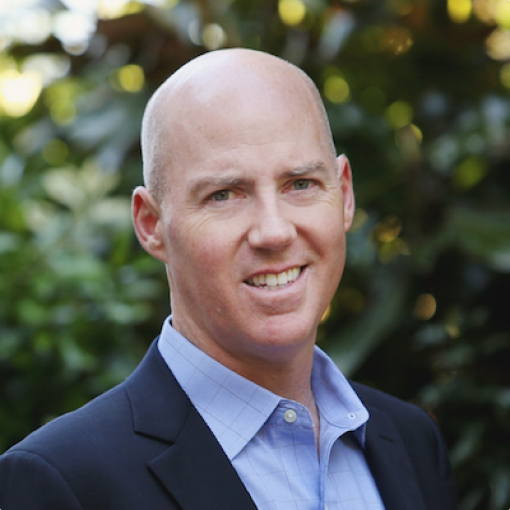By Gary Hoover
In a slow growth economic environment, productivity improvements are even more essential for maintaining earnings growth. Unfortunately, when it comes to hitting annual productivity improvement goals, most companies start too slowly and never catch up.
Detailed planning and implementation must begin during the budgeting process, months before January 1 rolls around. Here’s why.
Even if your people work steadily and manage to get productivity improvement results close to 5-6% by September or October, your average productivity improvement for the year will be just 2-3%. That’s barely enough to keep up with annual cost increases. For example, the Wall Street Journal says that wages alone are increasing at a 2.5% annual rate and trending toward 3% next year. Add to that core inflation, which is around 1.6% this year and is projected to be closer to 2% next year. according to the Federal Reserve.
Achieving a net productivity improvement of 5%-plus for the year starts with setting the right targets. A global corporation with multiple divisions and factories, for example, will have a high-level revenue budget and an operations budget. The operations budget will take regional wage inflation rates into account. A business unit anticipating low or no revenue growth, might require 3% in productivity improvements to offset wage and benefits cost increases.
Maintaining profit growth in a low growth environment would require an additional 2-3% productivity improvement, or at least a 6% gross increase. For example, let’s say a $2 billion company has a cost of goods sold of $1.2 billion. It’s possible that roughly $250 million of that is some form of manufacturing and distribution labor. If they make no productivity improvements, a wage inflation rate of 3% will increase these costs by $7.5 million. To achieve a net 3% productivity gain, the firm will have to find total labor savings of $15 million.
Such calculations are easy to run through a spreadsheet during the budgeting process.
The next step is for the operations managers at each site to identify and report how they expect to hit the targets. These targets cannot be spread equally across the organization. Some locations will be able to exceed the overall target while others might not match it.
Value stream maps can help pinpoint the greatest opportunities for productivity gains and other improvements. Those opportunities need to be detailed and prioritized. The productivity improvement plan must also drive the site toward a future state that is aligned to the company’s overall vision.
Most executives do not ask the difficult questions during the planning process to ensure that site leaders have a clear understanding of how they will drive productivity improvements to achieve the targets. Such vision is critical for regional and global leaders to allocate resources accordingly and not lose time in the most target rich areas. Site leaders and value stream leaders must understand where the objectives will be achieved, by when, and how. Their action plans should state who’s responsible, where efforts are going to start, necessary resource requirements, the anticipated gains, and a timeline for implementation.
How good this plan is, and how well it’s executed, is what separates businesses that achieve 5%-plus net productivity gains and those that lose ground every year. Moving from these productivity improvement plans to monitoring month-to-month execution is the next challenge.
I’ll write more about that in the next post in this series on planning and budgeting for 2017.



Don’t miss industry expert insights.
Join a community committed to excellence.